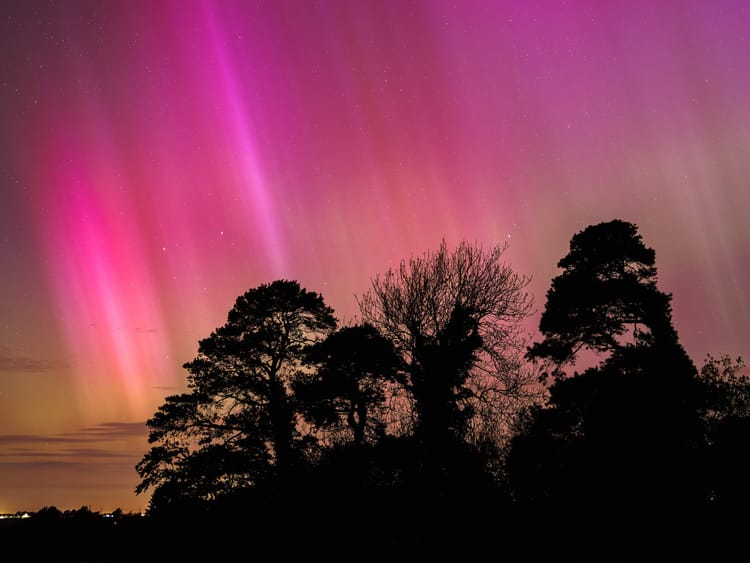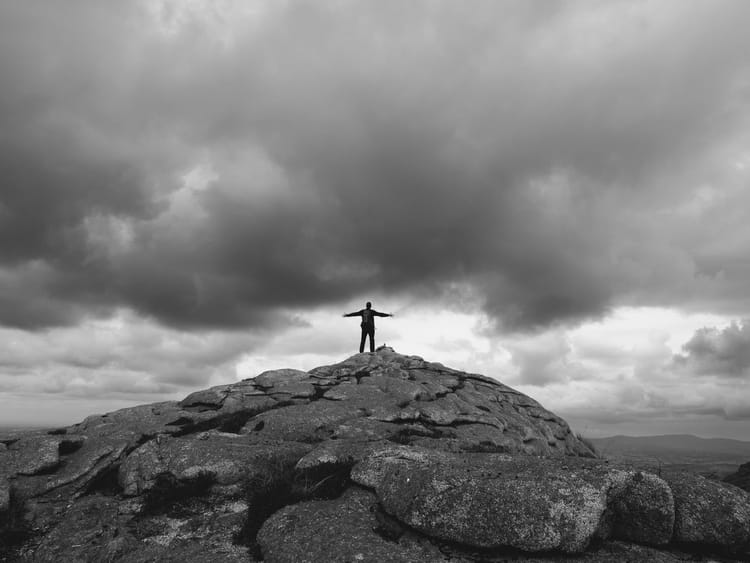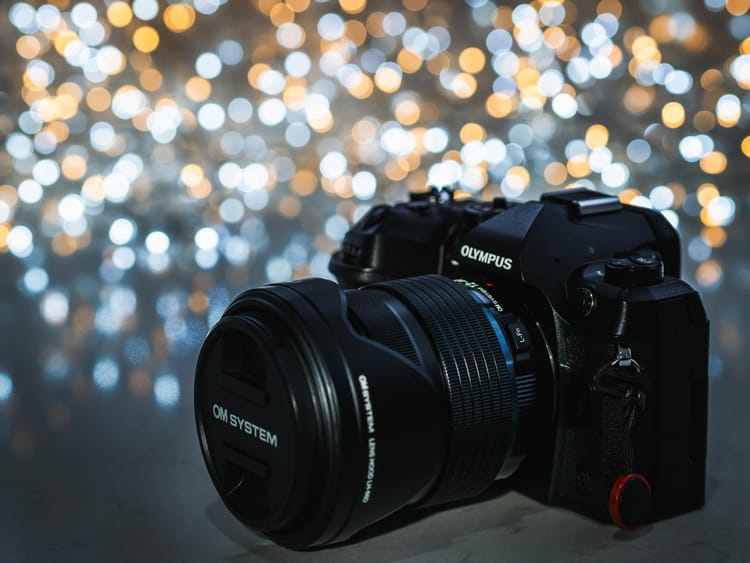Live Composite: My Favourite Feature from OM System and Olympus Cameras
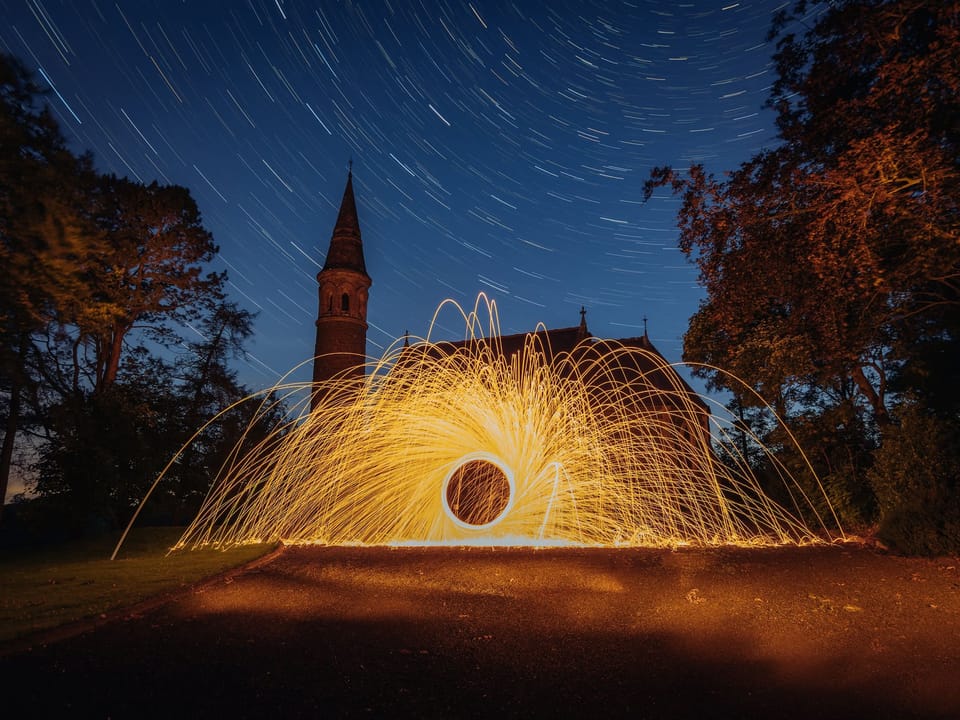
When I researched for a new camera, I heard a lot about OM System and the “Wow” camera. Content creators like DP Review on YouTube piqued my curiosity.
The "Wow" camera turned out to be the OM-1. During the tour of camera features, one in particular stood out for me, called Live Composite.
Learning about the Live Composite feature sold the camera to me, and I have been enjoying it since.
Live Composite remains my favourite feature. It allows me to capture stunning long-exposure shots without overexposing the image. The feature works by combining many exposures in-camera to create a single image. I love how Live Composite gives me the ability to capture star trails and light trails, with ease.
Nobody Likes a Cheat
Live Composite is a technique that captures and combines many images in real-time.
It makes long exposures almost too easy, making me sometimes feel like a fraud or a cheat. I don't need to worry about overexposing street or other artificial lights. I don't need to guess what car trails look like as I can see them develop live on the screen or in the viewfinder.
It's good to have a helping hand. And do not misunderstand me. There is still a learning curve as you can see from some of the images in this article. There are plenty of mistakes not least letting the camera run too long and recording way too many trails.
How Does Live Composite Work?
The camera takes an initial exposure. I call it the baseline image. For the baseline picture, you set the ISO, shutter speed, and aperture as you would for a single exposure. When you start live compositing, the camera records changes in light. It does this on top of your baseline picture.
Imagine shooting a city at dusk. As the camera does its thing, it captures the lights of the buildings and street lights in the baseline photo. If they remain constant, they will not become overblown. Then cars pass. Their lights streak and swirl, making a colourful display. This is possible thanks to Live Composite. Frames accumulate on a single image through layered captures.
The sensor can detect the brightest areas of each frame. It blends them, making a single image from hundreds of exposures.
The OM-1 finishes by making a single RAW file. Afterwards you can edit as usual it in your chosen post-image editor.
The advantage of Live Composite lies in its ability to add additional light to an image. This avoids existing light sources in the baseline photo from becoming overexposed.
Live Composite Alternatives
An alternative to Live Composite is to use interval shooting. It involves taking many photos at regular intervals. This method is useful for capturing star trails or the Milky Way. By setting the camera to take photos at 20-30 second intervals, you can create a stunning image of the night sky. Be aware that this method involves transferring hundreds of images to your computer and using software to combine them.
Another option is to use a bulb mode known on OM System cameras as Live Bulb.
Live Bulb is a long exposure mode. It uses a single long-exposed shot and shows the picture building up on the screen. There are limits on how frequent the image refreshes and you can adjust the settings around the refresh rate. Seeing the picture develop removes the guesswork and saves time.
Live Bulb is useful when there are no artificial lights. It lets you keep the exposure going until you have the desired result. The picture below uses moonlight to create an ethereal daylight effect in a 71 second exposure.
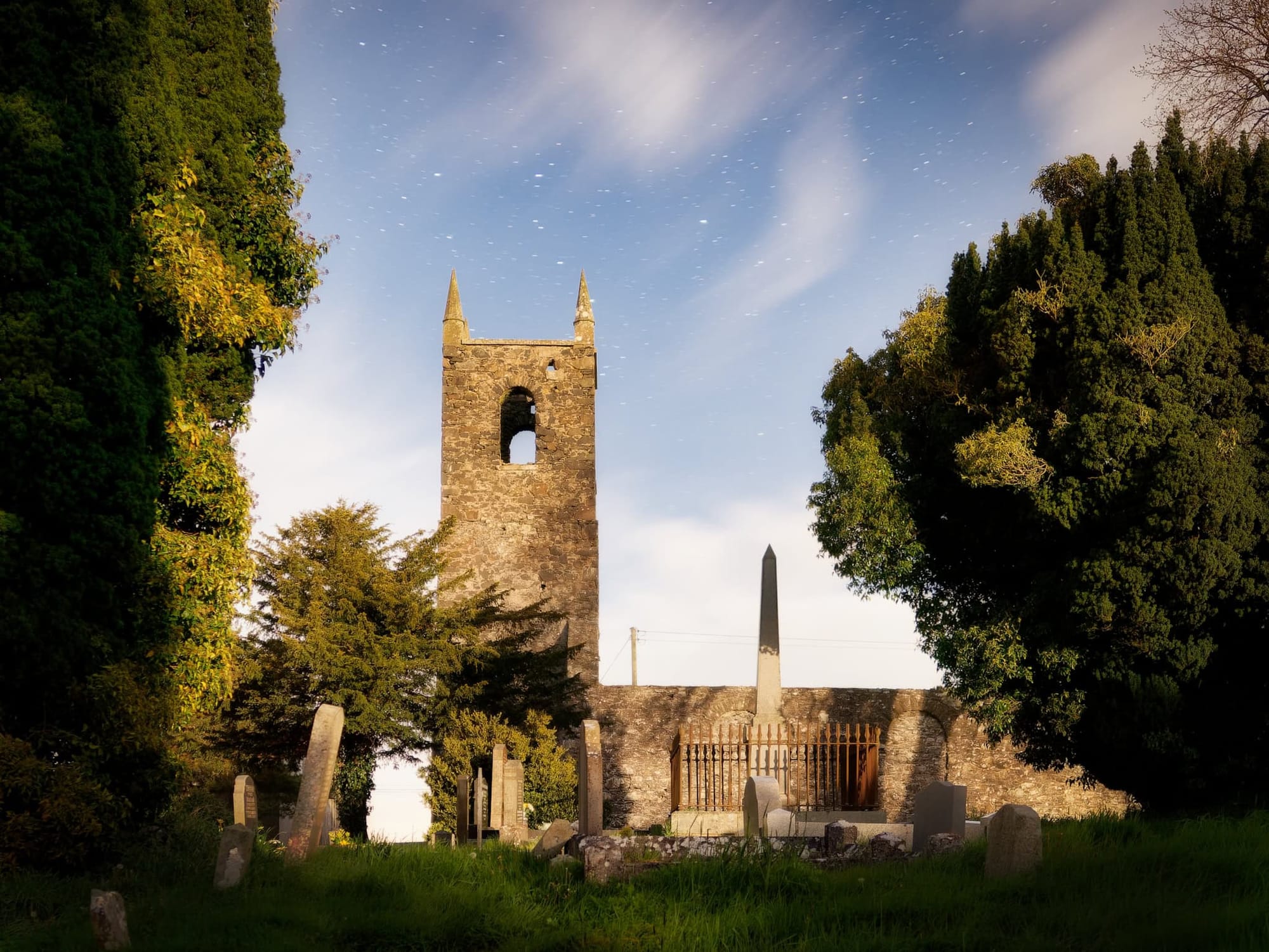
The most common alternative of course is full manual shooting of a long exposure. This carries the inherent risk of over exposing highlights and much trial and error.
What Other Cameras Have Live Composite?
Correct me if I'm wrong but as far as I can tell, only OM System (previously Olympus) and Panasonic offer Live Composite. I am amazed that this computational feature has not become ubiquitous.
How Live Composite Changed My Photography
I know there are other methods to achieve the same results. Regardless, I have Live Composite to thank. It introduced me to many creative photo techniques.
My specialist interest is long-exposure photography. There is something about capturing moments that are invisible to the naked eye. Star trails, light trails, and glassy-smooth seascapes. It transcends mere image capture, revealing a deeper creative process. It is the stillness of the moment, even if that moment is half an hour. While the camera is doing its work, I can enjoy the surroundings and the tranquility.
Oddly, it is this kind of photography that has me wandering around graveyards late at night.
Live composite introduced me to a part of photography that I had never thought of. But when I saw its potential, I knew it was for me.
Positives and Negatives
| Positives | Negatives |
|---|---|
| Saves time | Cloud patterns can look weird |
| Puts creativity at your fingertips | Light trails can look chunky |
| Uses little battery power | A mishap ruins the whole image and requires a re-start |
| Image build-up can be observed | Could limit your skills if you don't learn manual techniques |
To elaborate on some of the negatives, I don't like the cloud patterns Live Composite creates.
The way the image builds up gives clouds a crimped look. You know, like that popular 1980s hairstyle. If I find this too distracting, I fix it in post-production.
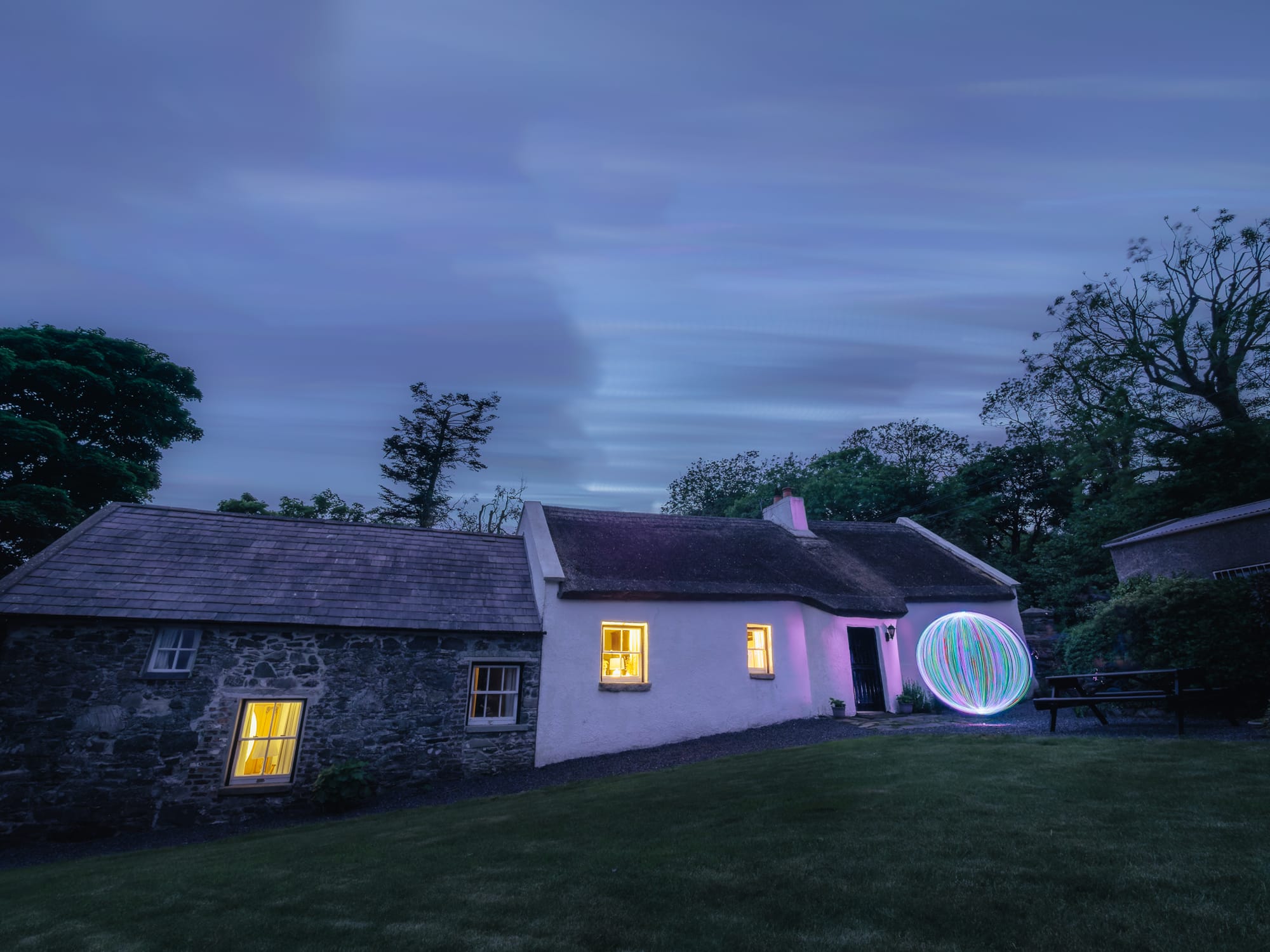
Light trails can appear thicker than they do during a single long exposure. I've tried the latter approach. Light trails look more laser-like, but this is not a deal-breaker. My default for light trails is still Live Composite.
The chunkier looking trails may also be down to my inexperience. Since I originally wrote this post I have learned that using a slightly smaller aperture such as f/2.8 to f/5.6 can help the overall look of trails and other artificial light painted effects.
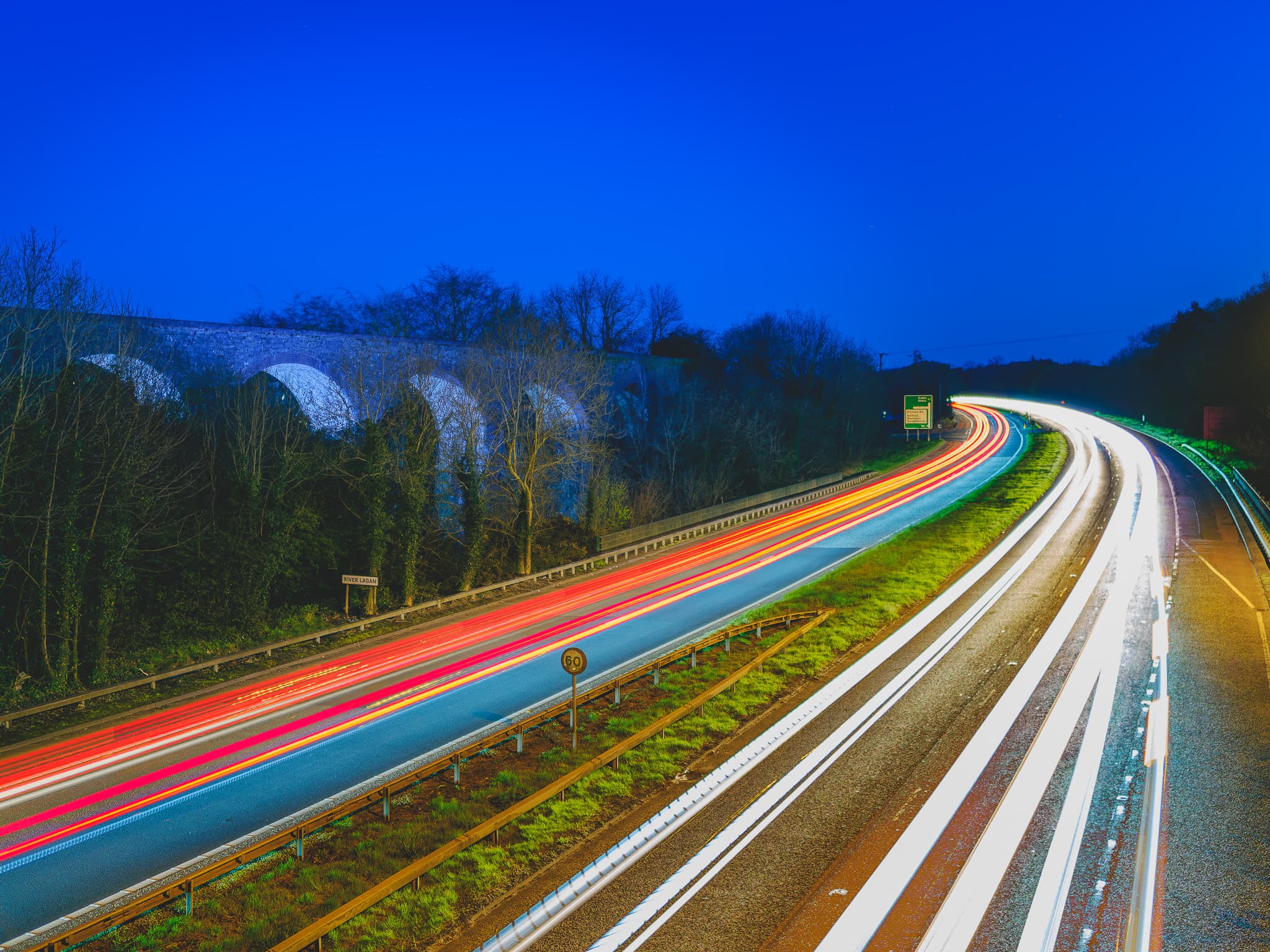
The main downside of Live Composite is you don't have access to all the single frames. For example, if you're thirty minutes into your shot and something ruins the frame, you have to start over. You don’t have the option to remove the offending frame.
In Summary
I love using Live Composite for low-light and nighttime photography when I want to capture light effects. I've seen live compositing used for motion blur in water, but there are better techniques for that.
Live Time is preferred when there's no to little light and you want to build up a picture by absorbing the little light available. Live Composite is useful in pure darkness if you're planning to light-paint a scene. But more on light-painting in another post.
I am grateful for the OM-1 camera and its Live Composite feature. It has defined my style and the kind of photographer I am and there's much more to learn.

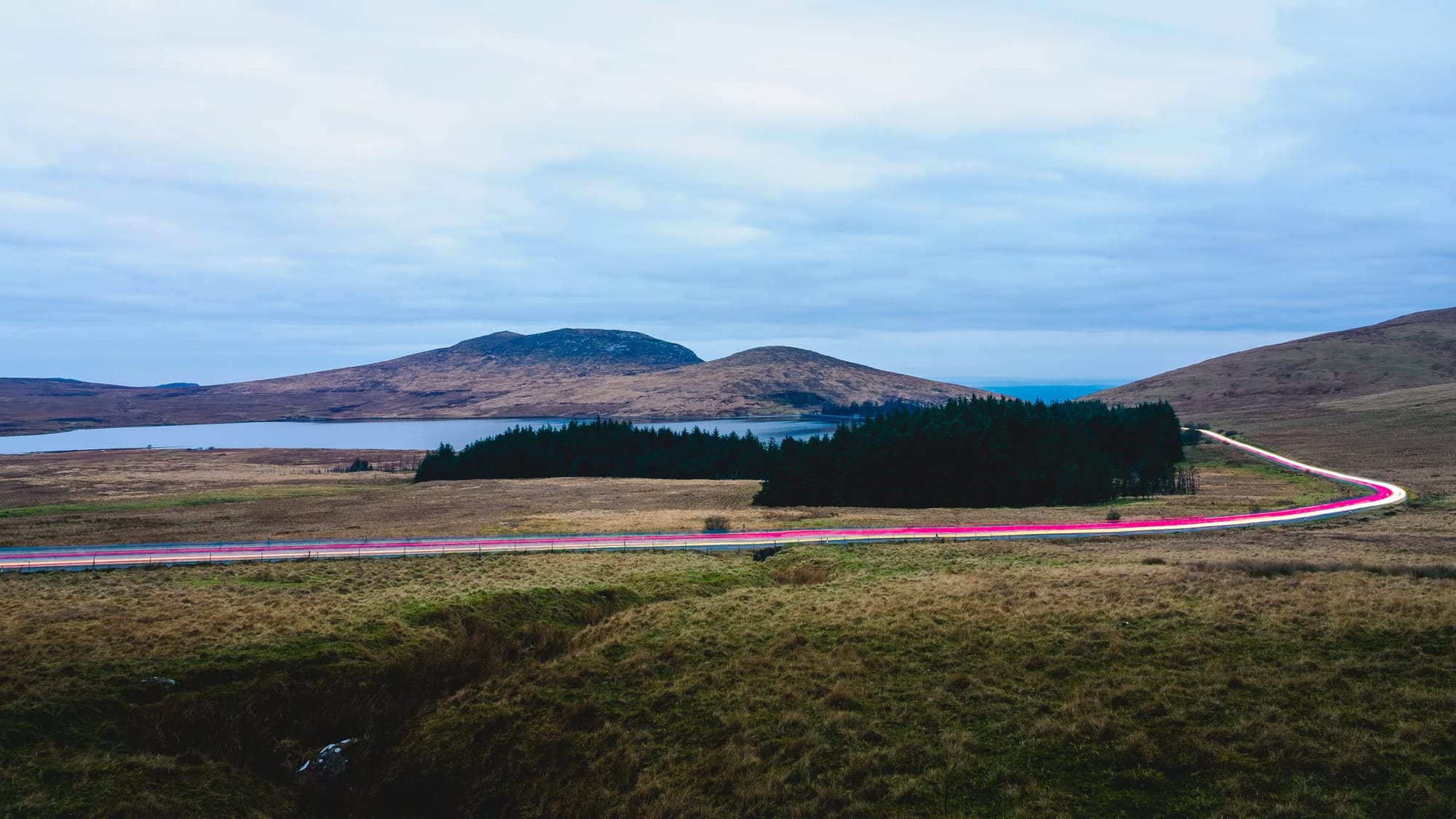
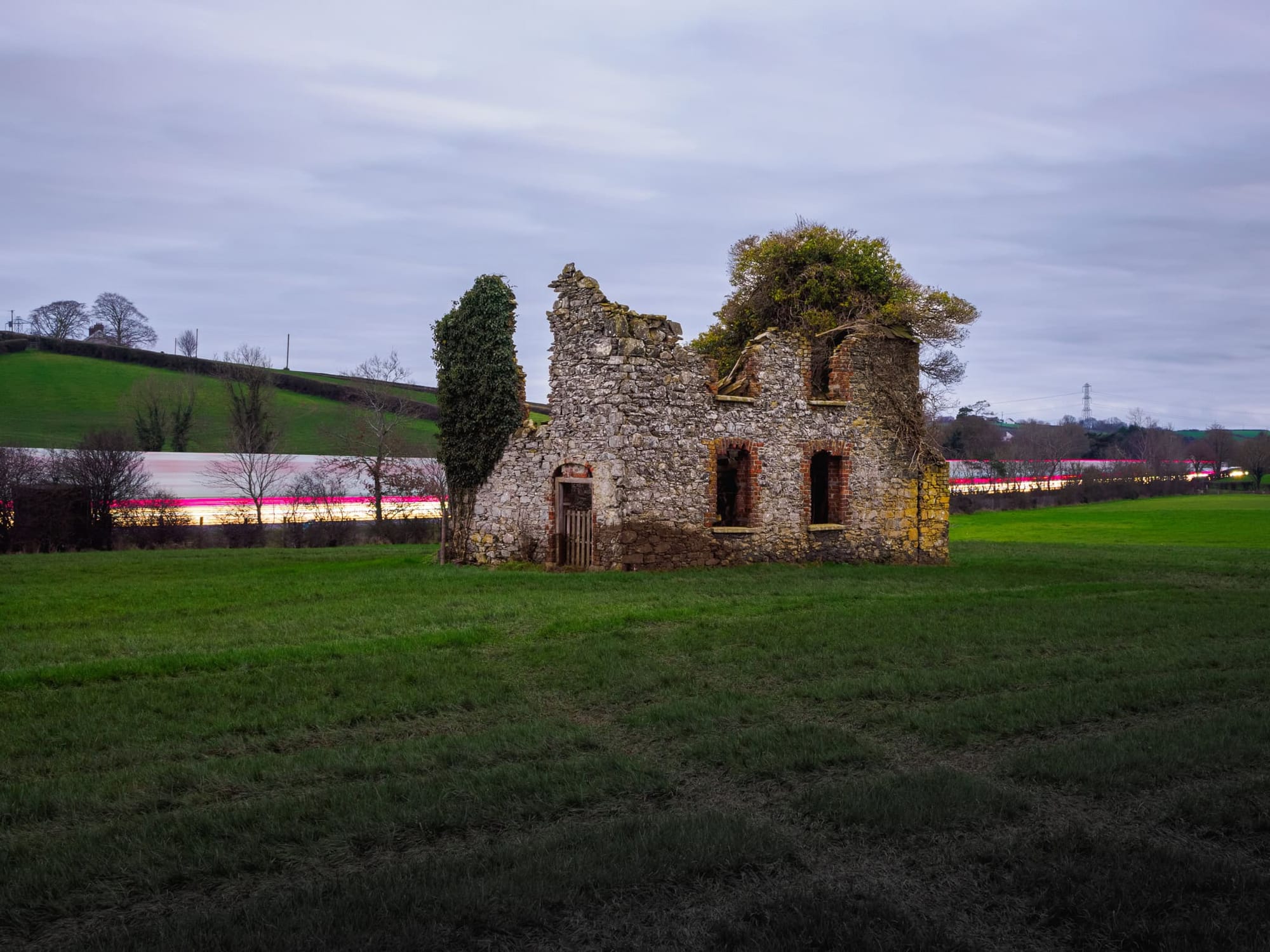
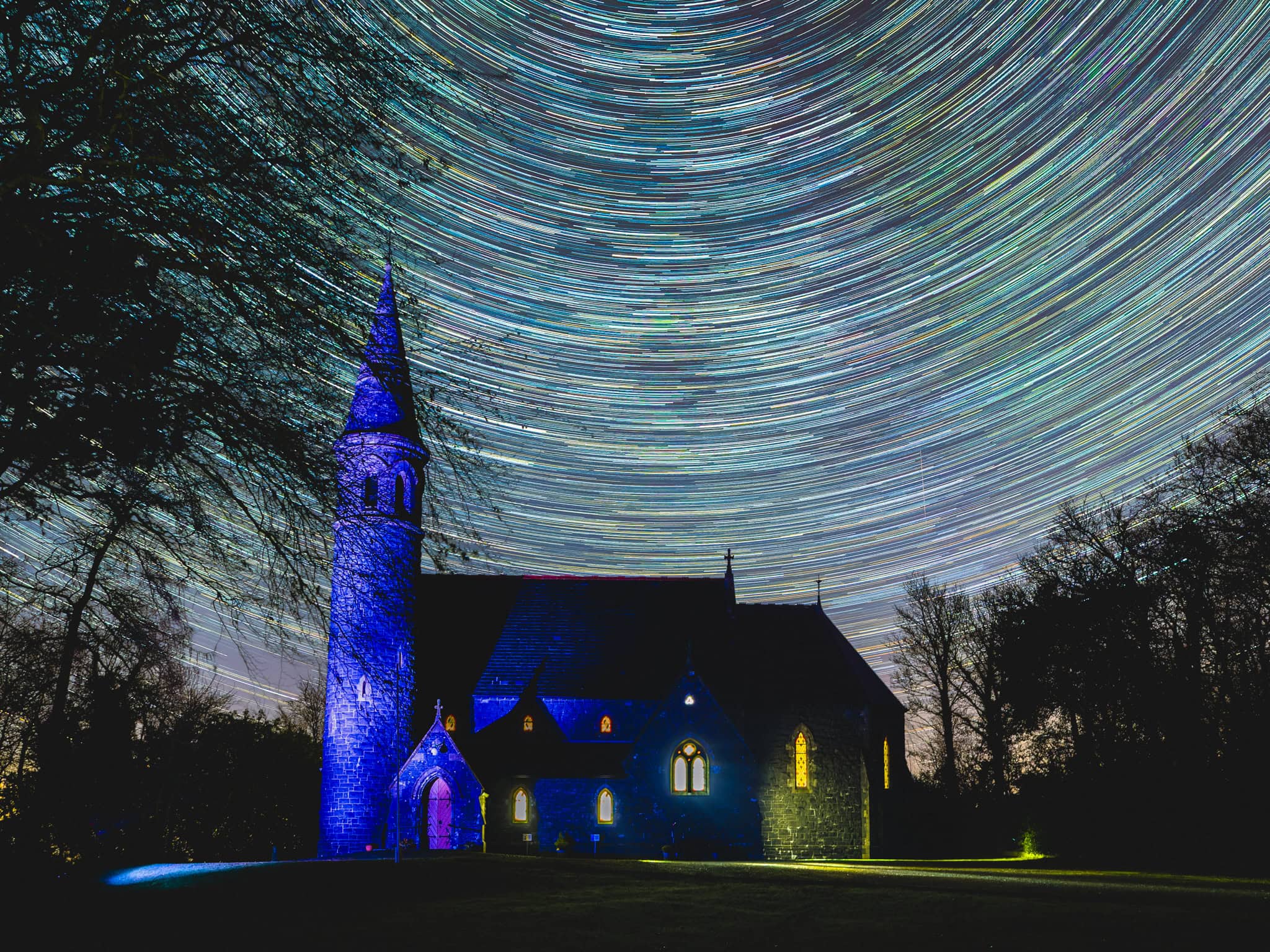
Thanks for reading this far. If you found this post helpful, please consider buying me a coffee. It would mean so much. 😊



